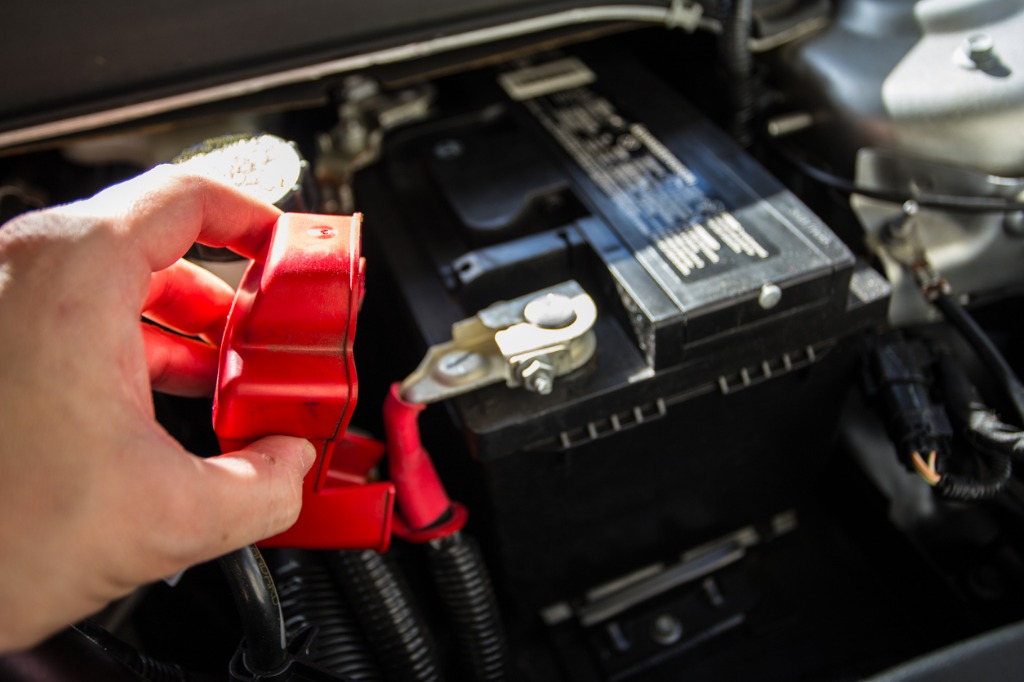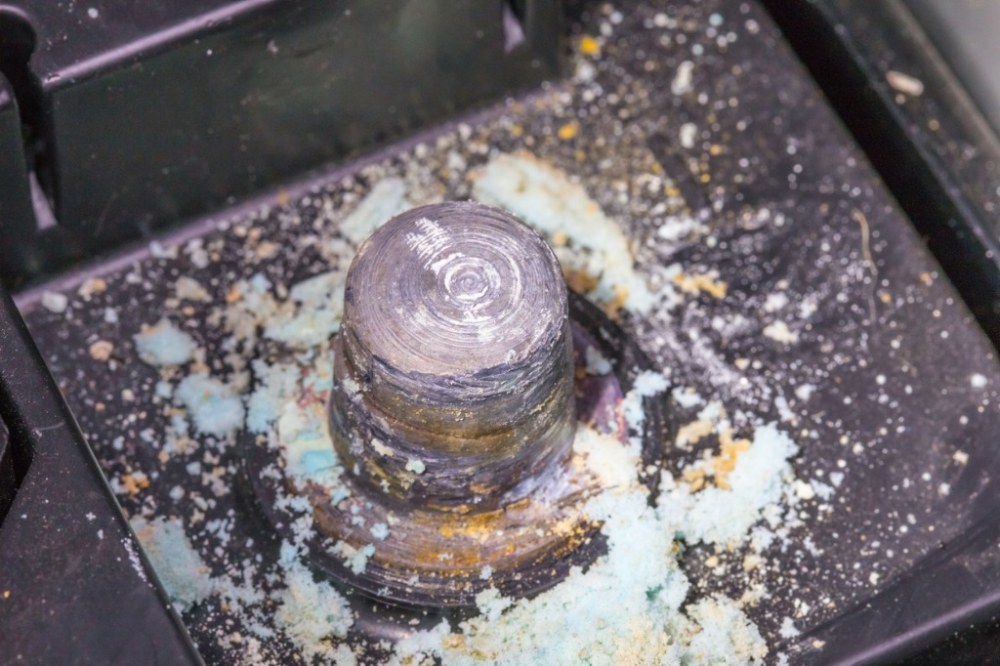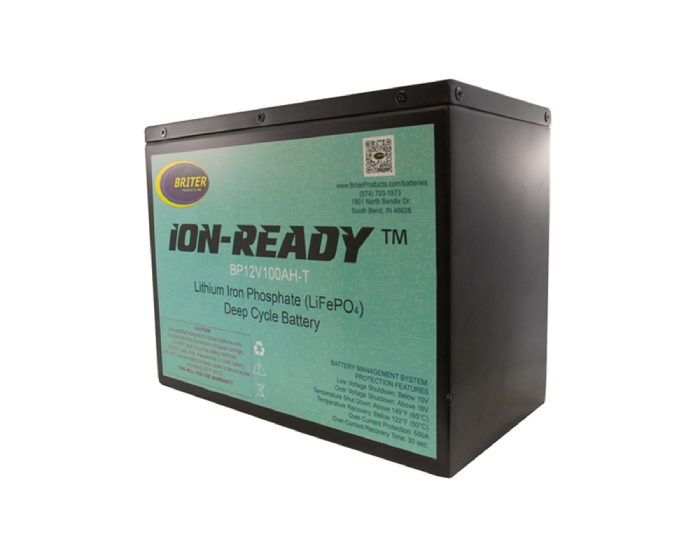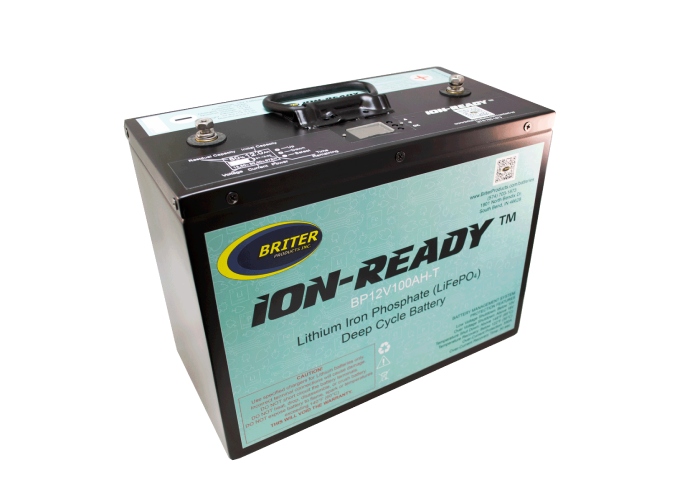Photo by Oleh_Slobodeniuk via iStock
Having an RV for overlanding is a fantastic benefit. You get many of the creature comforts of home while also being able to explore new areas either on your own, with your family, or with a group of friends.
One of the most important systems in an RV or travel trailer is the 12-volt DC electrical system. These systems can draw power from any number of sources, including shore power, a generator, solar panels, an inverter or charger, and, of course, batteries.
In today’s article, we’ll discuss different types of RV batteries and outline their pros and cons. Let’s get to it!
RV Battery Comparison: The Evolution of RV Batteries
Photo by FrozenShutter via iStock
Before we dive into the three primary types of RV batteries, let’s explore a quick history of the RV battery.
The oldest type of battery for RVs is the flooded lead-acid variety. This also happens to be the oldest type of rechargeable battery, dating back to the 1850s.
Your vehicle likely has a flooded lead-acid battery as well. The difference is that RV lead-acid batteries have larger plates, thereby allowing them to cycle much deeper.
But flooded lead-acid batteries lost favor for RVs when AGM, or absorbed glass mat batteries, were invented.
These batteries are leak-proof and spill-proof, which makes them immediately more attractive for RV use than flooded lead-acid batteries. Likewise, AGM batteries are less likely to suffer from sulfation – which is a problem with flooded lead-acid batteries – and they are lighter than flooded lead-acid batteries as well.
The newest and most exciting type of batteries for RVs is lithium-ion.
These batteries have been around for decades, but they were typically used in smaller applications, like laptops. But now lithium-ion batteries are used in much more extensive applications like RVs and travel trailers. I’ll discuss the advantages of lithium-ion batteries in a moment, but for now, just know that they are the fastest-charging, easiest to maintain, and offer the deepest depth of charge of these three options.
Now let’s dive into the pros and cons of these batteries in more depth.
Pros and Cons: RV Battery Comparison
Flooded Lead-Acid Batteries
Since flooded lead-acid batteries have been around for so long, they tend to be cheap and are easily found in all sorts of retail settings. They also tend to be quite reliable and have no special requirements when it comes to charging. But this is about all you can count on in terms of advantages.
Lead-acid batteries contain…wait for it…acid! The acid is suspended in water, which means if the battery leaks, you run the risk of damaging components in your RV (or worse, suffering an injury yourself).
Photo by Jorge Villalba via iStock
Additionally, these batteries require regular maintenance in the form of cleaning the terminals and posts, as well as the battery straps and the surrounding components. If this maintenance is not done, leaking battery acid can corrode these parts.
Sulfation can also be an issue. Sulfation occurs when the battery plates become covered with lead sulfate crystals. Permanent sulfation can reduce the efficiency of the battery, its ability to charge, and its overall lifespan as well.
When it comes to depth of discharge, these batteries should not be discharged below 50 percent because doing so can reduce the battery’s lifespan.
RV Battery Comparison: AGM Batteries
As noted earlier, one of the advantages of AGM batteries is that they are leak-proof and spill-proof. That’s a definite advantage in an RV or travel trailer that might be traveling some rough roads while you’re overlanding.
Another advantage of AGM batteries is that they can use the standard charging system in your RV, so no modifications are needed. Corrosion is not an issue, and AGM batteries are less likely to suffer from sulfation as well. Charging time is shorter than flooded lead-acid batteries, too, because the internal resistance in an AGM battery is far lower than it is in flooded lead-acid batteries.
On the downside, AGM batteries are more expensive than flooded lead-acid varieties. And that extra expense doesn’t get you better depth of discharge, either – you still get the same 50 percent depth of discharge recommendation. That means you will need additional batteries to get the needed power capacity.
These batteries can also be big and heavy, which make them hard to maneuver when maintenance is needed or when they need to be replaced.
Nevertheless, AGM batteries are extremely popular for RVs and camper trailers. My Turtleback Expedition trailer came with two AGM batteries, which have worked just fine thus far. However, I want to improve the battery situation on my rig, so I’m updating them to lithium-ion.
Lithium-Ion Batteries
One of the biggest advantages of lithium-ion batteries (like the Briter Products one shown above, which is what is being installed in my trailer) is that they have a much better depth of discharge.
In fact, lithium-ion batteries like this one have a depth of discharge in the 80-90 percent range, which results in a much longer lifespan. For example, my new Briter Products lithium-ion batteries have a 5,000-cycle lifespan.
Likewise, lithium-ion batteries are smaller and lighter than their flooded lead-acid and AGM counterparts. This is a result of the energy density of the battery. Lithium-ion batteries can store anywhere from 100 watt-hours up to 265 watt-hours per kilogram as compared to about 25 watt-hours per kilogram in a lead-acid battery.
Lithium-ion batteries also have no discharge memory. What this means is that they are more efficient than lead-acid batteries and can be recharged more quickly. In fact, I can run my Briter Products lithium-ion batteries all the way to dead and have them fully recharged in just a couple of hours of driving down the road.
On the downside, lithium-ion batteries are a much newer technology, which can be a turn off for some RVers. Old habits die hard, so if you’ve been rocking AGM batteries for a couple of decades, suddenly making a switch might be a little nerve-wracking.
And then there’s the price…
Lithium-ion batteries are the most expensive of the bunch – and it’s not even close. And while that might seem like a disadvantage, I’d argue that it’s pretty much a wash.
If you think about it, investing in better batteries that have a much longer lifespan means that the added upfront cost will be spread out over a longer period. A longer period, by the way, in which you’d have to buy new flooded lead-acid or AGM batteries to replace the old ones that have met the end of their lifespan.
So, for me, the price difference really doesn’t matter because lithium-ion batteries are a longer-term investment.
RV Battery Comparison: Which is Best?
At the end of the day, this RV battery comparison reveals that each of these three types of RV batteries offer their unique pros and cons. But if you ask me, lithium-ion batteries have the biggest upside of the group.
As I noted earlier, I’m having lithium-ion batteries put into my trailer, so I’ll give you an update soon about how that process went and how my Briter Products batteries are performing. Stay tuned!










